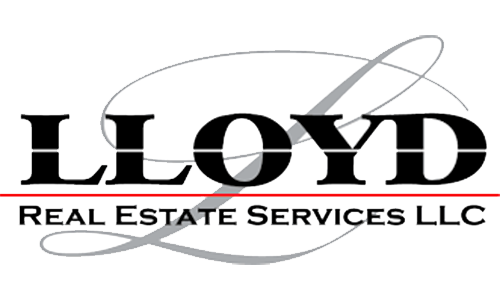Real estate, unlike many assets, doesn’t simply appreciate in value over time. Various factors contribute to depreciation, a decrease in value due to wear and tear, obsolescence, or external influences. Understanding how appraisers account for depreciation is crucial for property owners, buyers, and investors alike.
This blog post delves into the complexities of depreciation in real estate appraisal, exploring different methods, discussing the impact of various factors, and offering insights into how to minimize depreciation’s effect on your property’s value. We’ll move beyond the standard explanations, examining the nuanced interplay between physical deterioration, functional obsolescence, and external obsolescence, and how appraisers navigate these complexities.
The Three Faces of Depreciation
Appraisers typically categorize depreciation into three main types:
- Physical Deterioration: This is the most straightforward type, representing the wear and tear a property experiences over time. This includes things like paint fading, roof damage, cracked foundations, outdated plumbing, and general wear and tear on fixtures and finishes. Physical deterioration is often considered a cumulative process, accelerating with age and neglect. Appraisers assess this by visually inspecting the property, noting the condition of various components and comparing them to industry standards and similar properties.
- Functional Obsolescence: This refers to a loss in value due to the property’s inadequacy in meeting modern standards or fulfilling its intended purpose efficiently. This isn’t necessarily about physical damage, but rather a mismatch between the property’s features and current market expectations. Examples include outdated floor plans, inefficient layouts, lack of modern amenities (like updated kitchens or bathrooms), inadequate insulation, or insufficient parking. Appraisers consider comparable properties and market trends to determine the impact of functional obsolescence. This is where understanding local market preferences becomes crucial. A feature considered desirable in one market might be a detriment in another.
- External Obsolescence: This refers to a loss in value due to factors outside the property itself. These are often macroeconomic factors that negatively impact the property’s desirability. Examples include changes in zoning regulations, increased crime rates in the neighborhood, environmental hazards (nearby landfill, polluted water source), economic downturns, or the construction of competing properties. Appraisers account for external obsolescence by analyzing market data, considering comparable properties in similar but less affected areas, and assessing the overall economic and social context of the property’s location. This aspect requires a keen understanding of local market dynamics and future trends.
Methods of Accounting for Depreciation
Appraisers use several methods to quantify depreciation:
- Age-Life Method: This is a common approach, calculating depreciation based on the property’s age relative to its estimated useful life. The formula is straightforward: (Age / Useful Life) x Original Cost. However, this method is simplistic and doesn’t fully account for variations in maintenance and the impact of functional or external obsolescence.
- Observed Condition Method: This method involves a detailed visual inspection of the property, assessing the condition of different components and assigning a percentage of depreciation based on their condition. This is a more nuanced approach than the age-life method, allowing for a more accurate assessment of physical deterioration.
- Cost Approach: This method estimates the property’s current replacement cost, less depreciation, to determine its value. This approach is particularly useful for newer properties or properties with significant recent renovations.
- Income Approach: This method considers the property’s potential income-generating capacity. Depreciation is implicitly considered through the capitalization rate, reflecting the risk and return associated with the property. This method is more relevant for income-producing properties like rental buildings or commercial spaces.
- Sales Comparison Approach: This method compares the subject property to recently sold comparable properties in the same market. Depreciation is implicitly considered in the adjustments made to the comparable sales based on differences in condition, features, and amenities. This method heavily relies on the availability of relevant comparable sales data.
Minimizing Depreciation’s Impact
Property owners can take steps to mitigate depreciation:
- Regular Maintenance: Preventative maintenance is key to slowing physical deterioration.
- Strategic Renovations: Targeted renovations can address functional obsolescence and enhance the property’s value.
- Market Research: Understanding local market trends can guide improvements and prevent costly mistakes.
- Environmental Awareness: Address potential environmental concerns proactively.
- Location Analysis: Choose locations with strong growth potential and minimal risk of external obsolescence.
Conclusion
Appraisers employ various methods to account for depreciation, recognizing the complex interplay of physical deterioration, functional obsolescence, and external obsolescence. While depreciation is an inevitable aspect of real estate, understanding how it’s assessed and taking proactive steps to minimize its impact are crucial for maintaining and enhancing your property’s value.
Remember, regular maintenance, strategic improvements, and a keen awareness of market trends are your best allies in mitigating the effects of depreciation and preserving your investment’s long-term worth. By understanding the nuances of depreciation and its various forms, you can make informed decisions about property management, renovations, and long-term investment strategies.

